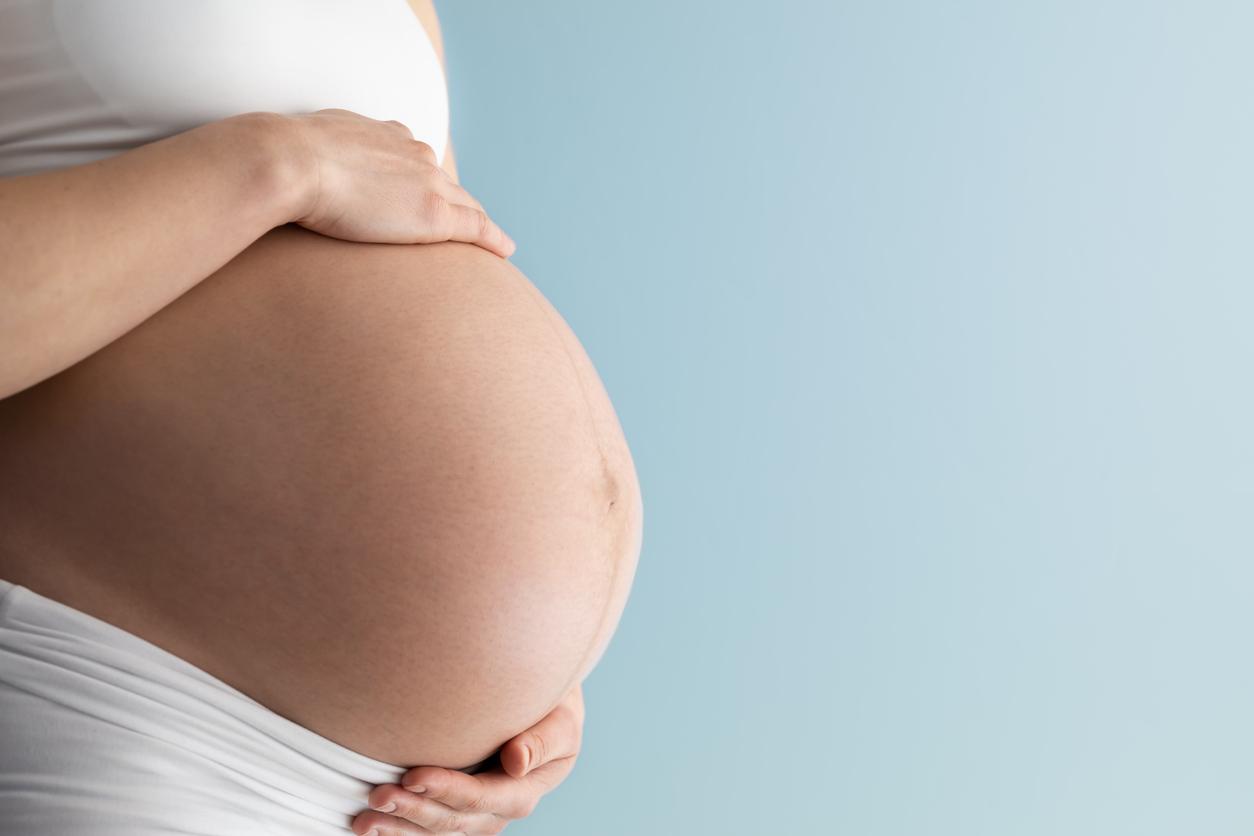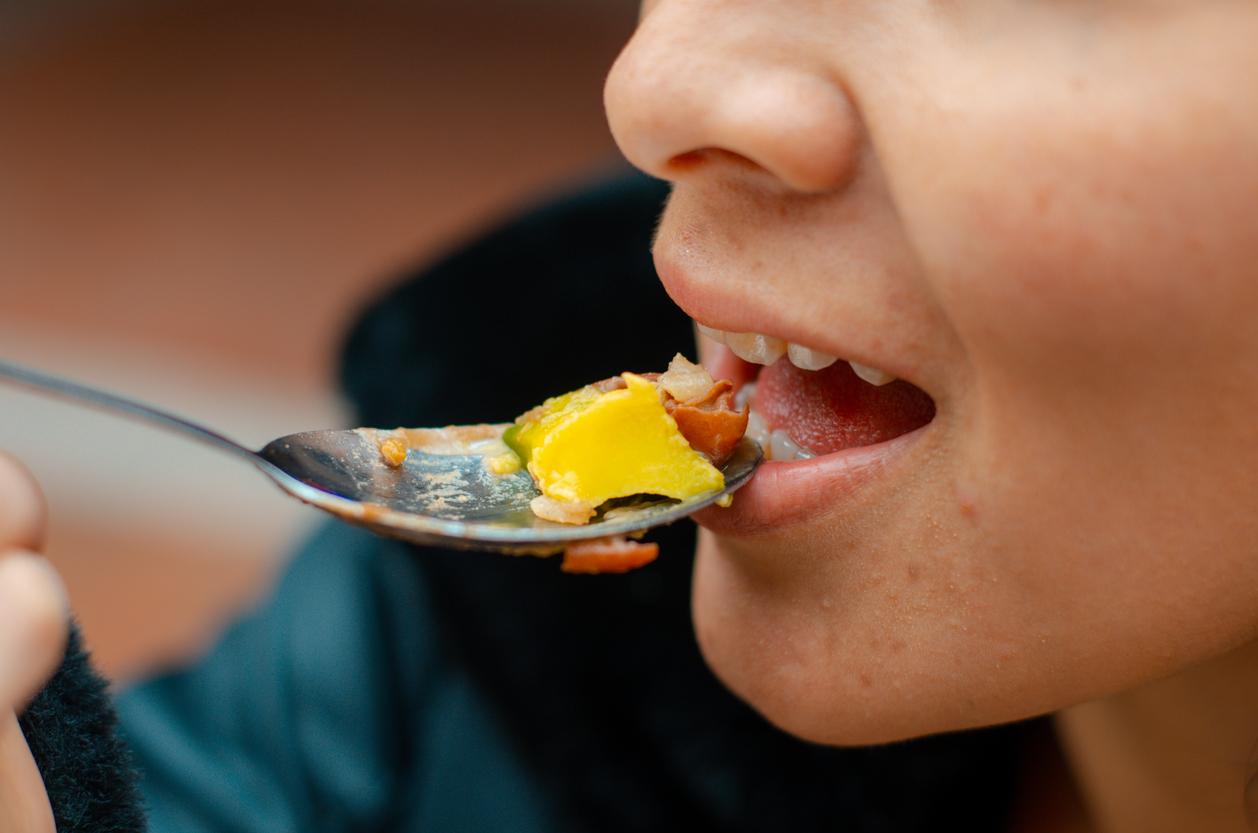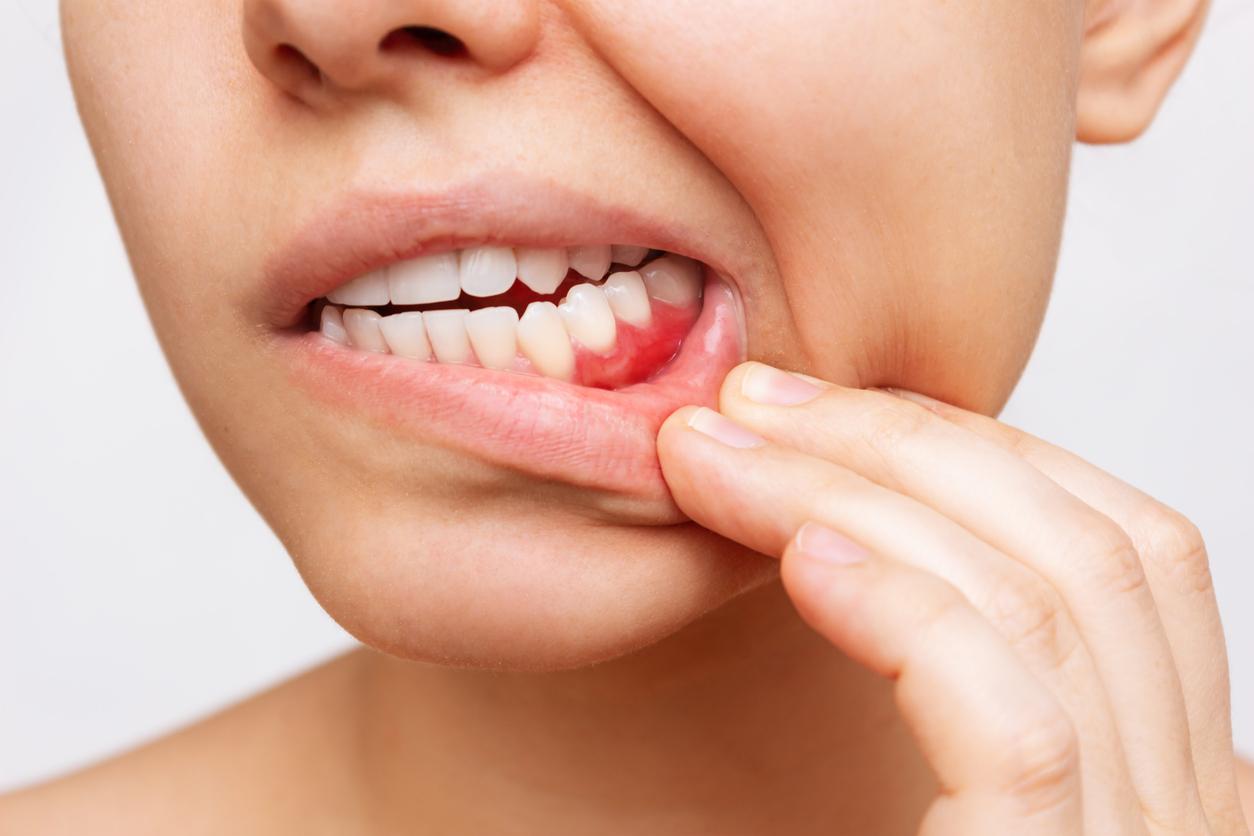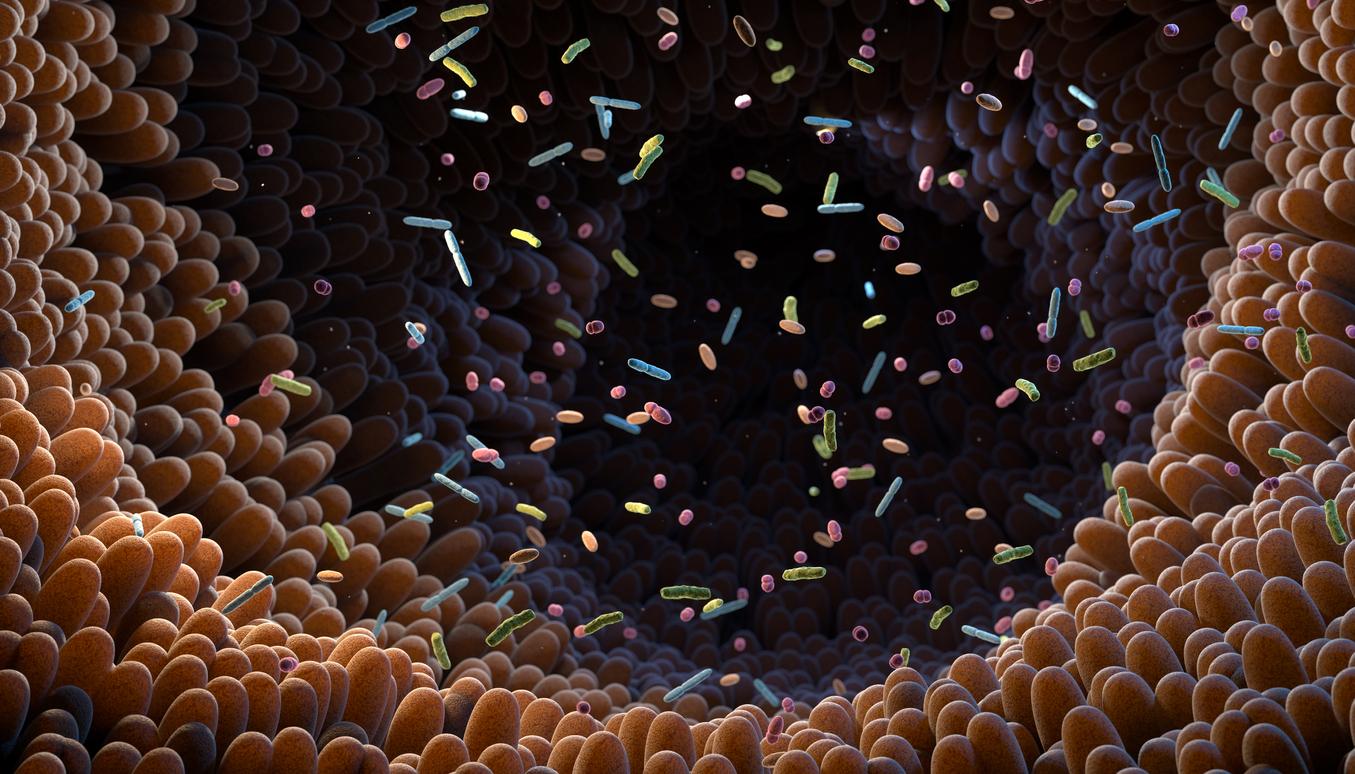In a new study, published Oct. 27 in the MedRxiv database, researchers from the University of North Carline (United States) show that the mouth is one of the routes of infection, as well as an incubator for the coronavirus. After studying RNA from oral cells, they found that cells in the salivary glands, tongue, and tonsils were the ones that carried the most protein-bound RNA that the coronavirus needs to slip inside. cells.
The coronavirus would modify the saliva
“Infection of cells in the mouth with SARS-CoV-2 could lead to changes in the production or quality of saliva, which would explain the symptom of taste loss experienced by many covid patients,” explained lead author of the study, Dr. Kevin Byrd, of the Salivary Disorders Unit at Chapel Hill School of Medicine.
This first study only involved a few people. To deepen their research on the different entry points for the virus, researchers at the University of North Carolina have created an “atlas” of the different oral cells, a sort of geographical map of the cells indicating where it has been found. RNA and what type. “This new atlas has provided us with a way to analyze 50 oral cell types to discover common ‘gateways’ that the virus uses to enter cells for infection,” added Dr Byrd.
Besides the loss of taste, oral infection with SARS-CoV-2 could also contribute to other symptoms, such as dry mouth and blistering in mucous tissue, the study authors wrote.
Read also :
- What risk do you have of transmitting the Covid within your household?
- Covid-19: yes, it can be spread in the air
- Covid-19: how long are we contagious?
















